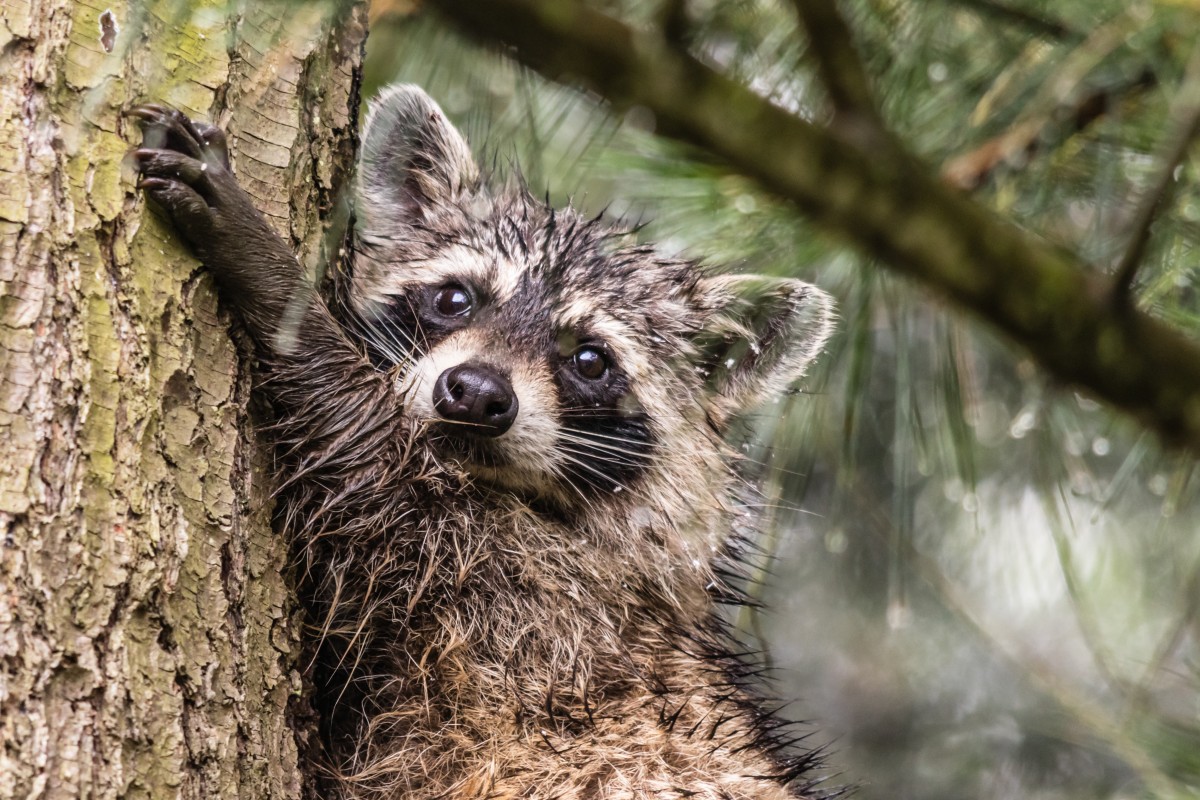COMMENTARY BY DR. DAVE SAMUEL
Two weeks ago, I wrote about the coronavirus and how wildlife is implicated in the spread. Last week, I detailed the situation where deer brain worm killed some of our reintroduced elk. I had no intention of doing three disease columns in a row until I saw a reference to rabies in the Wild Animal News email I got the other day.
I had no idea that 20,000 people die every year in India from rabies. Did you? I just never imagined rabies was that serious anywhere. The sad part of that story is most are children bitten by stray dogs.
That email story went on to say that vaccinating 200,000 stray dogs a year would reduce rabies incidence in India by 90% and would cost $1.27 million a year. The story noted India accounts for over a third of the world’s rabies deaths and it has a huge stray dog problem.
Rabies is a viral disease of mammals that is usually transmitted via a bite from a rabid animal, with raccoons, skunks, bats and foxes being the most common carriers. When a person is bit by a rabid animal, symptoms (fever, headache, weakness) may not appear for a month, but once they occur, death occurs within a few days. If people get the vaccine within a few days of the bite, they usually survive.
WVU Extension Service Wildlife Specialist Sheldon Owen reported about 2,500 animal bites and other potential rabies encounters are reported every year in West Virginia. The big culprit in our state, and our area, is raccoons. From 2010-14, there were 433 rabies-positive animals reported and 240 of those were raccoons.
In 2017, there were 38 rabies positive animal cases reported in West Virginia, and in 2018, there were 40. In Monongalia County, the County Health Department records rabies cases, and the U.S. Department of Agriculture (USDA) also records rabies cases. The County Health Department reported four rabies cases reported in 2018, and eight in 2019; five raccoons and three stray cats.
Meanwhile, in 2019, the USDA reported 14 rabies cases in Monongalia County, bringing our total to 22 for the county. One of those involved three employees of a Morgantown veterinary clinic. They were bitten by a stray kitten found on Willey Street on Dec. 27.
Raccoons are common residents in Morgantown, living in the various septic pipes and other underground locations. They do well in urban environments, eating pet food left on porches, and scavenging garbage left in open containers.
I found two instances where deer hunters were exposed to rabies from field dressing a deer; one in Pennsylvania in 2012 and one in North Carolina in 2017. There are several diseases hunters can get while field dressing deer, and that’s why I’ve always used throw-away latex gloves when dressing a deer. They are cheap and they’ll also keep all the blood, etc., off your hands. A no-brainer.
Two confirmed rabid ground hogs were found in Ohio County last year. That’s a rarity, but if you see any wild or domestic animal acting strangely, wandering aimlessly or acting aggressively, report that to the County Health Department. If you think you may have been scratched or exposed in any way to a rabid animal, wash the area immediately with warm, soapy water, then go to a hospital emergency room as soon as possible.
The Center For Disease Control advises you to not go to a clinic or a doctor’s office, but rather to a hospital emergency room because they will have the rabies immunoglobulin that will give you some initial protection before you get the rabies vaccines series of shots. Extension Specialist Owens adds that if you feel your pet has been exposed, contact your veterinarian. Early treatment will work for you and your pet, so don’t take rabies lightly.
Dr. Samuel is a retired wildlife professor from West Virginia University. His outdoor columns have appeared, and continue to appear, in Bowhunter magazine and the Whitetail Journal. If you have questions or comments on wildlife and conservation issues, email him at drdave4@comcast.net.




